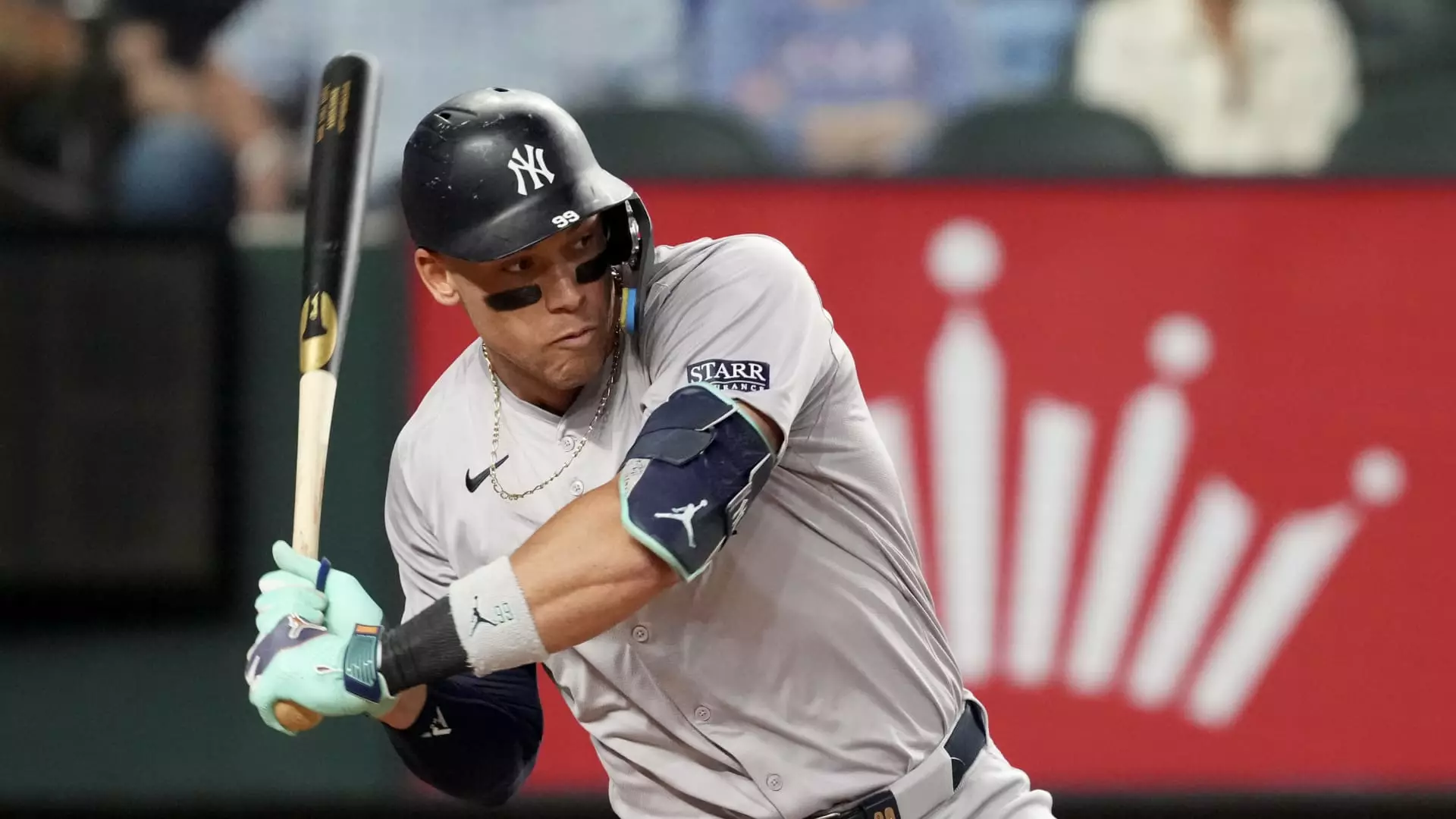Major League Baseball (MLB) is at a pivotal crossroads, poised to reshape its trajectory through strategic reforms and a rejuvenated emphasis on its players’ talents. Following the league’s embrace of significant rule changes and innovative marketing strategies, MLB is aiming for a more national presence. Commissioner Rob Manfred recently highlighted the urgency of this shift during a panel discussion at the CNBC x Boardroom’s Game Plan sports business event. The conversation generated insights into the league’s objectives, particularly the importance of appealing to a broader audience while identifying and nurturing its star players.
Traditionally, MLB has operated with a strong regional influence, with localized broadcasting agreements reinforcing this trend. Manfred has acknowledged this limitation, declaring the need for a “more national strategy” to accelerate the league’s growth. He pointed out that MLB has a wealth of content—over 2,430 games annually— which should be leveraged to broaden its reach beyond regional confines. Such an approach necessitates a recalibration of broadcasting strategies that historically favored local networks, especially given the recent challenges faced by Diamond Sports, a network that has played a significant role in regional sports broadcasting.
Moving forward, implementing a nationwide approach means recalibrating how games are marketed and consumed. This includes boosting accessibility through diverse platforms and creating engaging narratives around the games that resonate with fans across various demographics. By expanding its audience, MLB could potentially revitalize interest in the sport and ensure its longevity in the competitive landscape of American sports.
The discussion at the CNBC event also underscored the promise of emerging talents within MLB. Former star players CC Sabathia and Albert Pujols emphasized the unique potential of young players like Elly De La Cruz. These athletes not only contribute athletic prowess but also serve as influential figures in expanding the league’s appeal. However, Sabathia pointed out a critical gap in marketing: the visibility of starting pitchers.
Historically, pitchers served as the game’s marquee attractions. Yet, over time, the increasing specialization in pitching has contributed to a diminished focus on showcasing these athletes. The trend of reduced innings pitched and fewer complete games detracts from a narrative rich with player rivalry and suspense. Accordingly, the league is exploring strategies, such as minimum inning requirements for starters, aimed at rekindling excitement and restoring pitchers to their prominent roles within the MLB framework.
Several recent rule changes have sparked enthusiasm among both players and fans. These adjustments were not only about increasing the pace of play but also about enhancing competitive dynamics on the field. For example, limiting pickoff attempts and introducing larger bases have contributed to a significant rise in stolen bases, reintroducing a thrilling component of gameplay that had waned in recent years. Additionally, the modification of shifting regulations has allowed for more diverse representations of skill in the game, enabling hitters to benefit from a more traditional alignment of defensive players.
The league is in the midst of executing a vision that encourages more action on the diamond, catering to an audience expecting an engaging entertainment experience. As the MLB navigates through these changes, the primary goal remains clear: not merely to adapt, but to thrive in a rapidly evolving sports spectrum.
Additionally, a broader cultural shift within MLB is evident in its commitment to diversity and community outreach. Recognition of the Negro Leagues’ statistics signifies a powerful move towards inclusivity, reinforcing a narrative that honors the rich history of baseball while simultaneously appealing to diverse fan bases. The league’s initiative plans to extend into underserved communities, fostering a new generation of players and creating active fan engagement.
This commitment is crucial for MLB, as it seeks to shake off the reputation of being a sport predominantly enjoyed by a homogenous demographic. By emphasizing inclusivity, MLB sets the stage for a fresh era where all communities feel represented and valued.
Major League Baseball stands on the brink of a transformative era, driven by evolving strategies, an emphasis on star talent, and an unwavering commitment to diversity. As the league embraces these changes, it creates an opportunity not just to survive but to thrive, reaching audiences far and wide. While there remain challenges ahead, the outlook for MLB is promising—poised to usher in a new chapter that resonates with a diverse and growing fan base.

